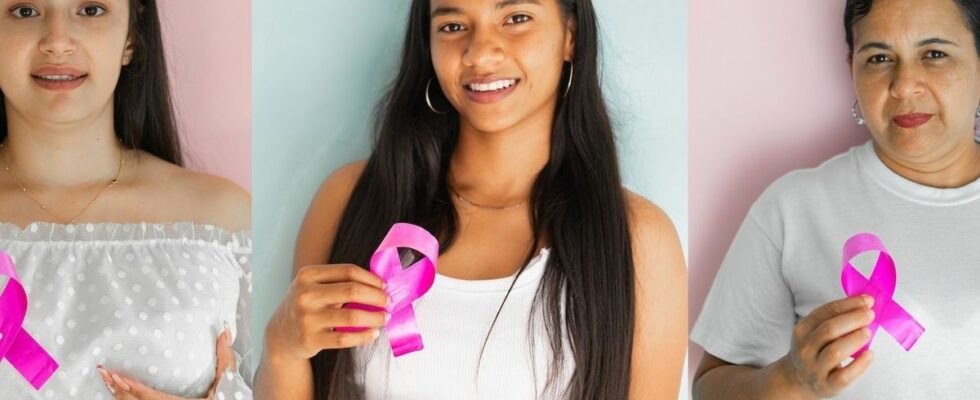Published on
Updated
Reading 3 min.
In the field of health, inequalities can appear at all levels among women with breast cancer, from prevention to prognosis. A French study highlights that economic inequalities have significant and lasting consequences on the quality of life of these patients.
Social and economic determinants (such as income or education level) impact how people cope with illness and are one of the main causes of health inequalities. “However, the impact of economic inequalities on the quality of life of people with breast cancer was unknown. This is what we wanted to quantify in these women, at the time of diagnosis, but also in the two years that follow.“, explains José Sandoval, oncologist at the Department of Oncology at the University Hospitals of Geneva and first author of this study.
Nearly 6,000 women with breast cancer followed for two years
In total, 5,900 women participated in this study, all of whom were treated in France for early breast cancer (without metastasis), a common cancer from which more than 80% of women are cured. “Many women received heavy treatment the first year after their diagnosis — such as surgery followed by chemotherapy — then hormone therapy the second year. We followed them over two years in order to analyze the evolution of differences in quality of life over the medium term.“, underlines Gwenn Menvielle, research director at Inserm and Gustave Roussy, who led this work.
Five areas of quality of life were studied: fatigue, general health, mental health, sexual health and side effects. These criteria were evaluated against several socio-economic indicators: level of education, household income taking into account the number of people in the household, and perceived financial situation. The combination of these elements made it possible to determine a score where 0 indicates the absence of inequalities.
Inequalities are increasing rapidly…and persisting
At diagnosis, the inequalities in quality of life between the two socio-economic extremes are notable, with a score of 6.7. The score increases to 11 during treatment, then remains at 10 two years after diagnosis, i.e. at a higher level than when the diagnosis was announced. A result that surprised the authors. “If we expected a certain inequality at the start of the disease, the fact that these inequalities increase rapidly and persist so much comes as a surprise. The impact on quality of life is much more pronounced in less advantaged women, regardless of the biological characteristics of their cancer, their age or the treatment received.” analyzes José Sandoval.
For what ? The answers are to be sought not at the level of treatment, which is similar for all women, but probably in all the elements of support around medical care.
Equal access to care does not erase all inequalities
These results underline the importance of better taking these inequalities into account. “Having the time, money, and access to information to take care of oneself and find support resources and better manage the physical and psychological side effects of the disease will likely be easier for women of lower socioeconomic status. higher than for, for example, a single mother with a low income, without support for her children“, emphasizes José Sandoval. “However, these elements influence the disease and its consequences for the physical and psychological health of patients.“.
Equal access to care is therefore not synonymous with the absence of inequality. The socio-economic context can have a major impact on health status, in the same way as biological characteristics. “When we talk about precision oncology, we should take into account the person as a whole, including their social dimension. Our data concerns women receiving treatment in France, a country that is nevertheless very egalitarian in terms of access to care. In countries without a universal health system, these inequalities are likely to be even more pronounced. conclude the authors.
